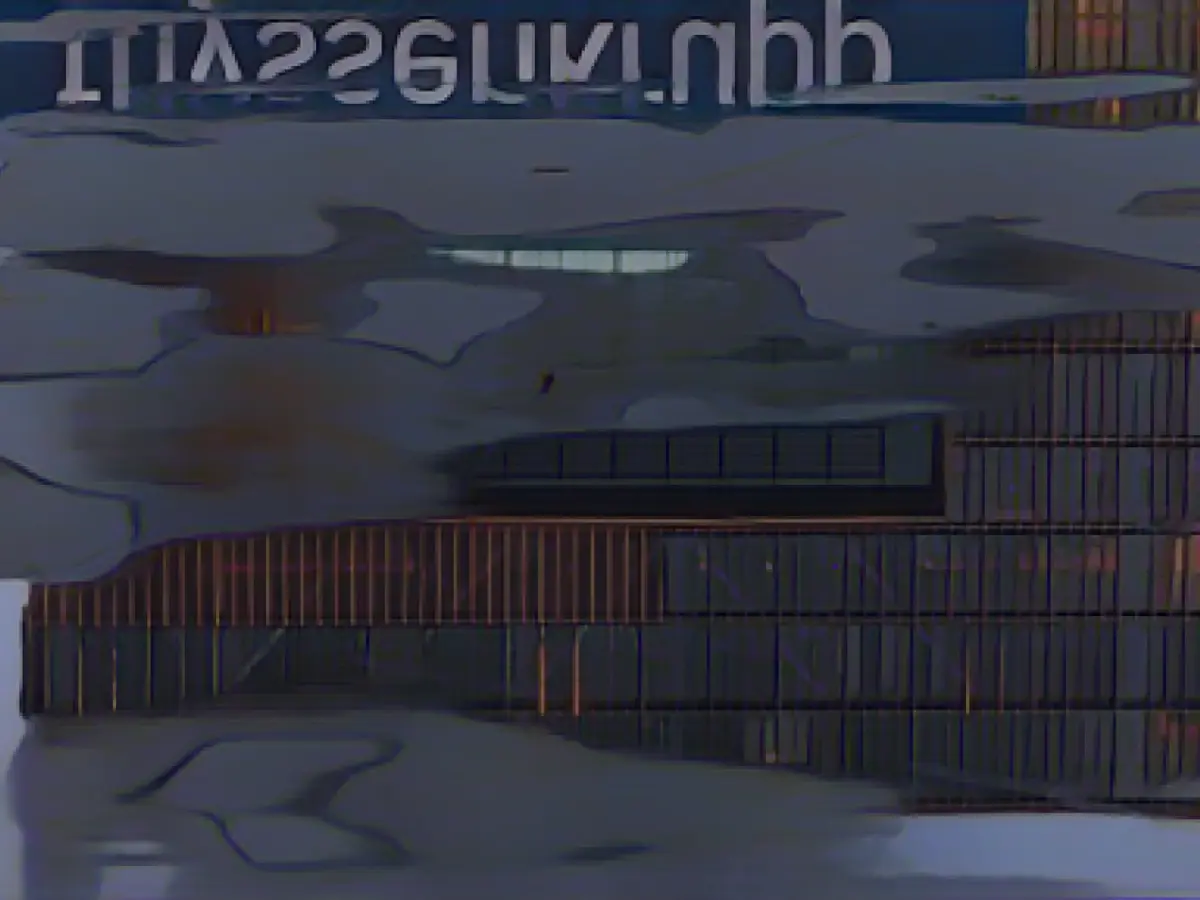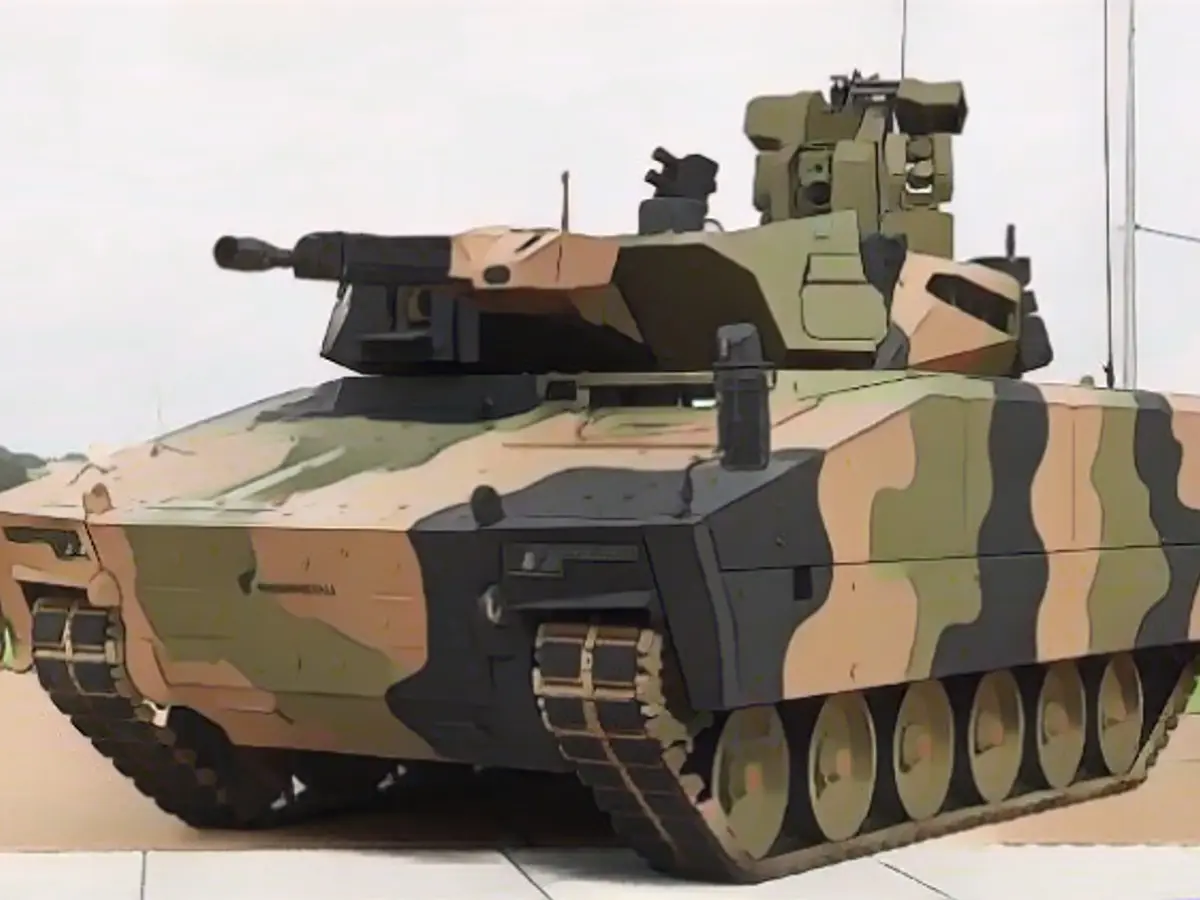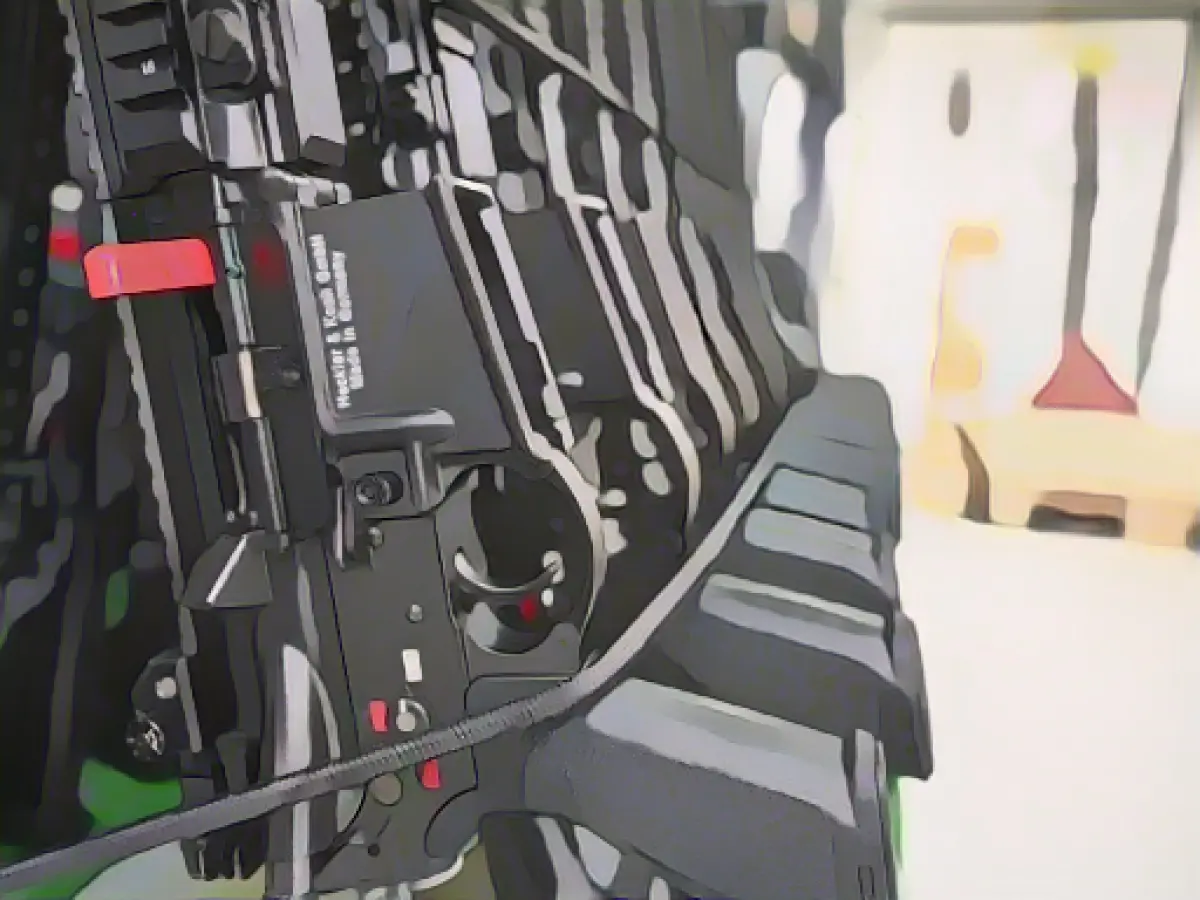Lithuania bolsters air defense with NASAMS acquisition
Stepping up its defense strategy, Lithuania signed a deal with Norway this week to purchase a modern NASAMS air defense system for 200 million euros. The agreement comes in the face of perceived threats, with the Baltic nation sharing borders with Russia's exclave of Kaliningrad and Belarus.
According to Lithuania's Defense Ministry, deliveries of the NASAMS system will commence in 2026. The country has already integrated a NASAMS system into its army, which has proven successful since 2022.
Europe's defense landscape is evolving with nations boosting their air defense capabilities. In September, Germany and Israel inked a deal for Israel's Arrow 3 anti-missile shield. The system, developed in collaboration with US company Boeing, is expected to be operational in Germany by the end of 2025.
The European Sky Shield initiative, launched by Germany amid tensions following Russia's invasion of Ukraine, aims to close gaps in air defense. Medium and long-range missile defenses, as well as defenses against drones and armed aircraft, are being integrated into the proposed shield.
Armaments and alliances
Other NATO members contribute to Lithuania's defense posture. Italy is currently stationing the SAMP/T long-range ground-based air defense system in Lithuania as part of a NATO mission. The Norwegian NASAMS systems will be integrated with the SAMP/T systems during future NATO exercises.
LCIs (Landing Craft Utilities) and NATO forces are based in Lithuania, enhancing the country's defense capabilities. The Norwegian Coast Guard has also stepped up its presence to reinforce regional security.
European defense investments
The European Commission has allocated €1.065 billion for defense research and development projects in 2025 under the European Defence Fund (EDF). This funding will support the development of critical defense technologies, allowing the EU to become a more significant player in the defense market.
The EDF also seeks to support small and medium-sized enterprises (SMEs) and mid-sized companies. This support aims to reduce investment fragmentation, foster industrial cooperation, and promote interoperability across Member States.
Cohesiveness and collaboration
The inclusion of Greece and Türkiye in Europe's Sky Shield Initiative (ESSI) has expanded its geographic coverage and operational capabilities. This expansion reinforces NATO's collective security posture and underscores the importance of collaboration in defending against a diverse range of airborne threats.
The ESSI aims to facilitate the integration of various air defense systems from participating nations, promoting interoperability and streamlining defense procurement. This approach will help counter ballistic missiles, cruise missiles, and drones, ensuring allied forces can work together effectively.
Strengthening NATO's eastern flank
Implementation of the Rotational NATO Air Defense Model is ongoing. The first step was taken during the Baltic Connection 24 readiness cycle in Lithuania, aiming to establish principles for rotating ground-based air and missile defense systems, as well as additional fighter jets.
The model seeks to enhance air defense capabilities and deterrents across the eastern flank of NATO. These efforts will strengthen the alliance's collective security and fortify the regional defense posture.
Final thoughts
Lithuania's acquisition of the NASAMS air defense system marks the latest development in Europe's ongoing efforts to strengthen its air defense capabilities. NATO's rotational deployment of troops and equipment, along with Germany's proposal for a European Sky Shield, reflects a growing recognition that collective security and collaboration are essential to countering potential threats.
The European Union's funding and support of defense research and development projects, as well as its efforts to foster interoperability and cooperation among SMEs and mid-sized companies, will play a crucial role in bolstering the continent's defense capabilities. The integration of various air defense systems from participating nations through initiatives like ESSI reflects a shared understanding of the need to work together to combat diverse airborne threats.
As the defense landscape evolves, it's clear that collaboration, innovation, and strategic investment will remain crucial components of Europe's efforts to safeguard its security interests and promote peace.








